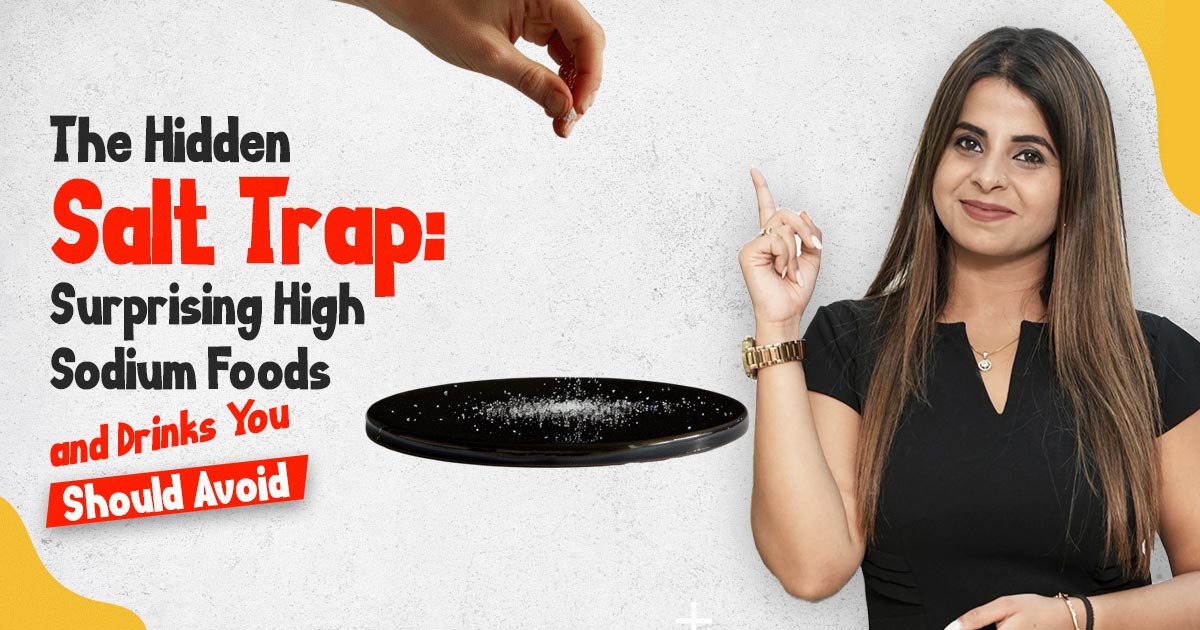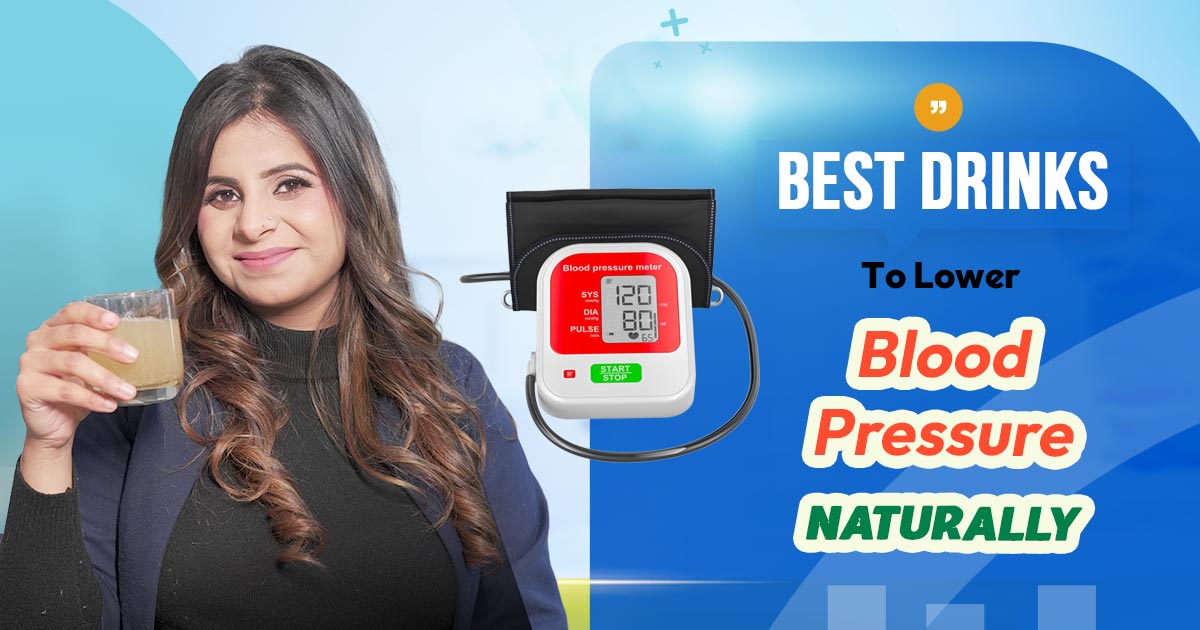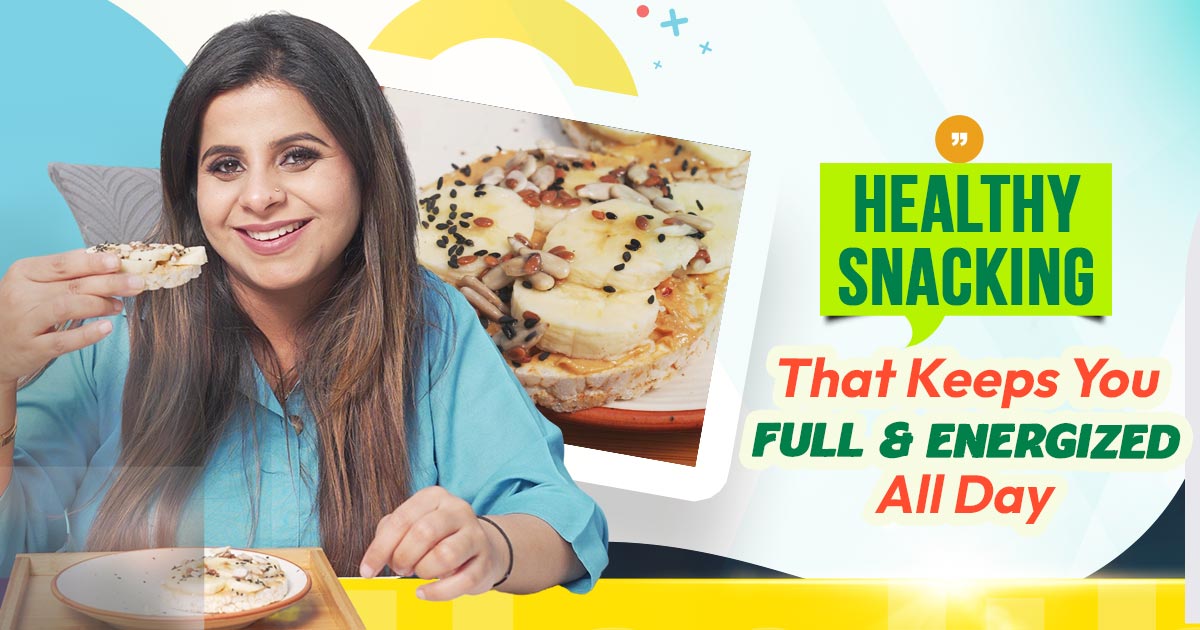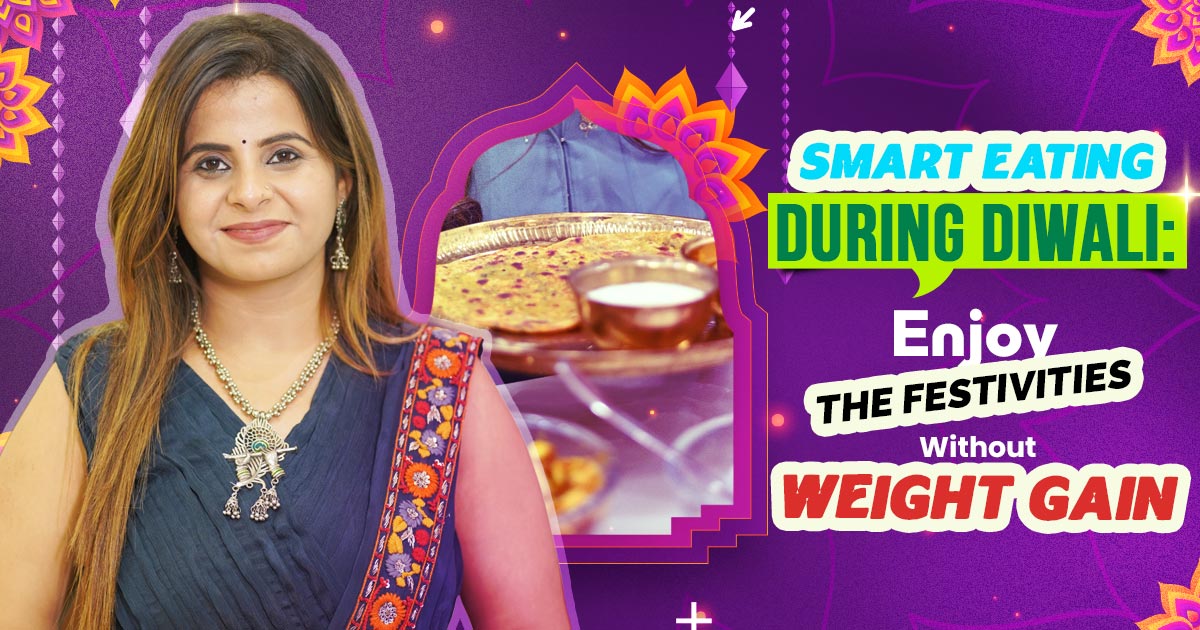Everything in excess is harmful. The same goes with Salt. It is definitely a necessary requirement for your body but using too much salt silently kills your body. We all know salty packets of chips are loaded with sodium but there are many everyday items that don’t even taste salty but are high in sodium. Have you checked on them ever? While aiming to reduce salt intake, knowing high sodium foods and where sodium is hiding is the first step.
In this article, we will dive inside the high sodium foods and drinks that are generally marked “Healthy” but are damaging your body completely.
What’s the Problem with Too Much Sodium?
Sodium is an essential mineral that plays a crucial role in various bodily functions. Some benefits of sodium include:
- Fluid Balance
- Nerve Function
- Muscle Function
- Blood Pressure Regulation
These benefits are gained only when sodium is used in moderation. When used in excess, it leads to water retention and increased blood pressure. Over time, this puts stress on your heart and kidneys. The recommended daily sodium intake is about 2,300 mg (roughly just one teaspoon of salt), but many people consume double that amount without realizing it. The average urban Indian diet has seen a sharp increase in processed and restaurant foods—all of which are loaded with hidden sodium.
High Sodium Foods: Sneaky Sources to Watch Out For
1. Bread and Bakery Products
Commercial breads use high sodium to improve taste and shelf life. You would think that breads don’t even taste salty but this is the truth.
Tip: Choose low-sodium or homemade bread when possible.
2. Cheese and Processed Dairy
We know that cheese is high in protein and calcium, but it is also one of the top high sodium foods. Packaged paneer is also a risk.
Tip: Go for fresh, unsalted paneer or low-sodium cheese alternatives.
3. Pickles and Papads
Pickles are preserved with salt and oil, making them delicious but dangerous in excess. Similarly, papads are often seasoned heavily and add unexpected sodium to your meals.
Tip: Limit portions or opt for homemade versions with controlled salt.
4. Breakfast Cereals
That “healthy” cornflakes or wheat cereal may not be so innocent after all. Many brands add salt to enhance flavor—even when sugar is the main taste.
Tip: Read the label before buying and go for low-sodium options.
5. Instant Noodles and Soups
A single packet of instant noodles can have more than 800 mg of sodium. Instant soups are equally loaded.
Tip: Try homemade soups with fresh ingredients and minimal salt.
6. Sauces, Ketchup & Soy Sauce
Whether you are using it just as dip or mixing them in dishes while cooking, they silently push your sodium intake over the limit. Soy sauce is one of the saltiest condiments, with one tablespoon containing 800–1,000 mg of sodium.
Tip: Look for low-sodium versions and use small amounts.
7. Processed Meats
Packaged chicken and mutton items like sausages, ham etc. have added sodium for preservation and flavor.
Tip: Choose fresh, unprocessed meats and season them yourself.
8. Biscuits and Namkeen
Indian tea-time is incomplete without snacks like salted biscuits, khari, sev, and bhujia. These snacks may seem light but they’re often deep-fried and heavily salted.
Tip: Swap for roasted nuts or homemade trail mixes.
Read: Low-Sodium Foods
High Sodium Drinks: Hidden Salt in Beverages
When we think of sodium, we rarely think of drinks—but many beverages also contribute significantly to sodium intake.
1. Packaged Juices
Packaged fruit or vegetable juices may claim to be “natural,” but many have added salt and preservatives.
2. Soda and Diet Soft Drinks
There is no ingredient in these drinks that can make it healthy. They are high in sugar, artificial sweeteners, and sodium compounds like sodium benzoate. Avoid them at any cost.
3. Electrolyte Drinks & Energy Drinks
While marketed for hydration, these are often loaded with sodium to mimic electrolyte balance—useful for athletes, but not for daily casual consumption.
4. Buttermilk & Lassi (Restaurant Versions)
Definitely you can trust your homemade products but not the products from restaurants. Buttermilk is great for digestion and lassi is the cooling agent in summer but the extra salt can be really harmful.
5. Canned Soups and Ready-to-Drink Soups
These fall under both food and drink categories and are notorious for their salt content.
How a High Sodium Diet Affects You?
Here’s how hidden salt traps can silently damage your health:
- Raises Blood Pressure
- Increases Risk of Heart Disease and Stroke
- Causes Water Retention and Bloating
- Strains Kidney Function
- Leads to Fatigue and Headaches
A well-structured high blood pressure diet chart always highlights sodium control as a top priority.
Tips from a Trusted Dietitian in India
Sodium is like sugar—it hides in places you least expect. Whenever I design a high blood pressure diet chart, I always focus to make clients understand the importance of checking food labels. Choosing fresh over packaged food items is always the best option. Traditionally we used to season our delicacies with spices and herbs but nowadays salt has overpowered its presence in our home. It has become an alarming sign now”, says a trusted dietitian in India.
How to Read Labels for Sodium?
- Look for “Sodium” in the nutrition label.
- Aim for foods with less than 140 mg per serving.
- Watch for terms like “sodium bicarbonate,” “monosodium glutamate (MSG),” and “sodium benzoate.”
- “Low sodium” means less than 140 mg; “no salt added” isn’t always sodium-free—check the fine print.
Conclusion
Your battle with sodium doesn’t have to be extreme: just smart. You need to identify high sodium foods/ high sodium drinks and avoid them as much as possible. You will significantly see a change in your health and also reduce your risk of hypertension and heart-related issues. Whether you’re crafting a personal high blood pressure diet chart or seeking advice from the best dietitian in Punjab, remember that salt hides where you least expect it.
With just a few smart swaps and some label reading, you can escape the hidden salt trap and enjoy flavorful, heart-healthy meals all year round.






